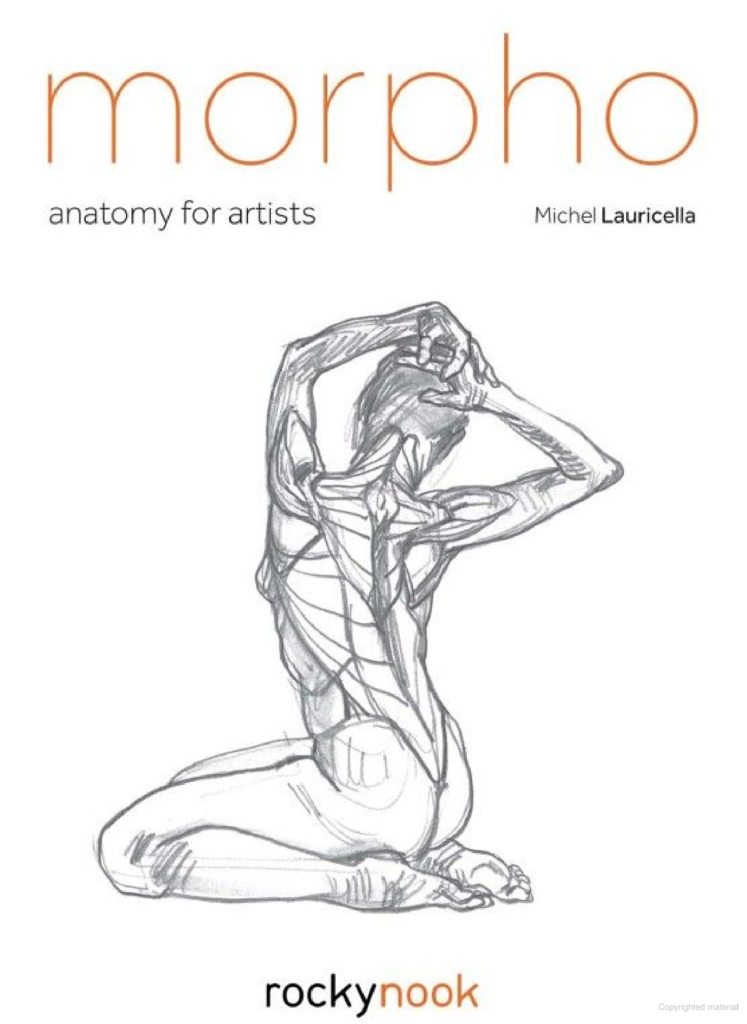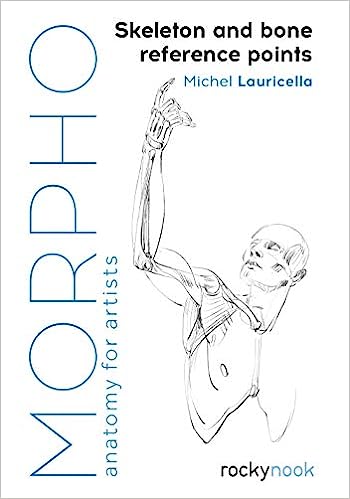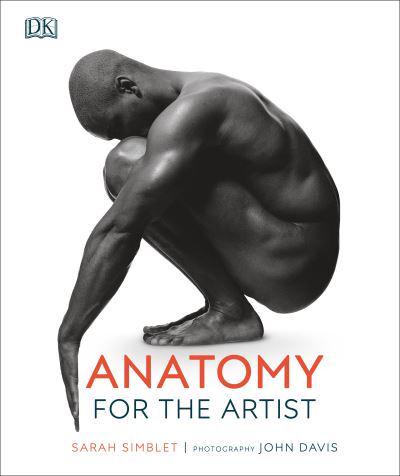
A Quick Maquette and a Long Story
This project started as a quick maquette I made to present an idea for an outdoor sculpture. Some friends of mine at Scale Studios are currently working on a large project developing sculptures for a sculpture park here in New Zealand. They suggested I submit a proposal, as the park is looking to expand its collection — and I saw it as a chance to do something interesting on a larger scale.
For many artists, the creative process is part ritual, part chaos. When you need a fresh idea and don’t know where to begin, the best thing you can do is gather information. I started by asking my friends: What have they built so far? Who is the client? What is the client ideally looking for? This kind of research gives you a direction. Whether it’s a commission or a contest, the same rule applies — you study the context, the history, the past winners, and the tone of what’s been done. It’s not about pleasing the jury or the client — it’s about understanding the framework so you can create something that’s authentically yours, yet fits in meaningfully.
You can always go in blind and hope for the best. But even if your researched idea doesn’t get selected, it’s still the wiser path.
Finding a Connection
I decided to draw inspiration from Henry Moore’s Warrior series of sculptures— for several reasons. First, I love his work. His blend of abstraction and figuration resonates with the direction I see my own work heading toward. I also heard the client is a fan of Moore, so it seemed like a great opportunity to align creatively.
But there’s more. I was born in the Canary Islands, in Tenerife. There’s a long walkway there, “Las Ramblas,” which runs across the city for about six kilometers. Along this walkway are various sculptures from the 70s and 80s by international artists. One of them is a cast of Moore’s GoslarWarrior. That sculpture captured my attention more than any other on the island. I grew up with it. So to now be in a position where the client and I share a connection to Moore’s work — that felt like the perfect spark

A Quick Maquette and a Long Story
This project started as a quick maquette I made to present an idea for an outdoor sculpture. Some friends of mine at Scale Studios are currently working on a large project developing sculptures for a sculpture park here in New Zealand. They suggested I submit a proposal, as the park is looking to expand its collection — and I saw it as a chance to do something interesting on a larger scale.
For many artists, the creative process is part ritual, part chaos. When you need a fresh idea and don’t know where to begin, the best thing you can do is gather information. I started by asking my friends: What have they built so far? Who is the client? What is the client ideally looking for? This kind of research gives you a direction. Whether it’s a commission or a contest, the same rule applies — you study the context, the history, the past winners, and the tone of what’s been done. It’s not about pleasing the jury or the client — it’s about understanding the framework so you can create something that’s authentically yours, yet fits in meaningfully.
You can always go in blind and hope for the best. But even if your researched idea doesn’t get selected (as in my case), it’s still the wiser path.
Finding a Connection
I decided to draw inspiration from Henry Moore’s Warrior series of sculptures— for several reasons. First, I love his work. His blend of abstraction and figuration resonates with the direction I see my own work heading toward. I also heard the client is a fan of Moore, so it seemed like a great opportunity to align creatively.
But there’s more. I was born in the Canary Islands, in Tenerife. There’s a long walkway there, “Las Ramblas,” which runs across the city for about six kilometers. Along this walkway are various sculptures from the 70s and 80s by international artists. One of them is a cast of Moore’s Goslar Warrior. That sculpture captured my attention more than any other on the island. I grew up with it. So to now be in a position where the client and I share a connection to Moore’s work — that felt like the perfect spark.
The Idea Arrives
Ideas don’t always come to me right away. Or rather — they do, but only after the thinking is done. It starts with research, collecting references, letting ideas simmer. Then, seemingly out of nowhere, an image pops into my head. When that happens, the urge to work becomes immediate. I need to get out of my head and into my hands, just to see if the idea holds.
So I went to the studio.
I kept it small. Working at a small scale gives me the freedom to explore shapes without limitations, but it also demands precision — things can quickly look clunky or unrealistic. Experience has helped me avoid that. I sculpted for a few hours until I was happy enough to step away. The next day, I returned with fresh eyes, made a few tweaks, and called it done.
This is just a maquette, so it didn’t need to be perfect — just clear enough to communicate the idea. Once I was satisfied, I photographed it carefully and compiled everything into a presentation.
No Photoshop here — just some color correction. I wanted to keep it as honest as possible, to preserve the spirit of the original idea.
And that’s how the idea was born.
👉 If you are interested in learning more about how to sculpt the human figure and topics related like this one. Remember to join our Newsletter and we will keep you in the loop for more articles, tutorials and online and in person workshops you might find interesting.
Sculpture studio © 2025. Javier Murcia.
Developed by Tulpnic.
Trustindex verifies that the original source of the review is Google. Trustindex verifies that the original source of the review is Google. Trustindex verifies that the original source of the review is Google. Trustindex verifies that the original source of the review is Google. Trustindex verifies that the original source of the review is Google. Trustindex verifies that the original source of the review is Google. Trustindex verifies that the original source of the review is Google.
Subscribe to receive updates on new articles, sculpting tips, and upcoming events — including online and in-person workshops.
In-person workshops are scheduled in different places at different times of the year. Most workshops run twice a year in different locations in New Zealand, Auckland being the most demanded of the locations. Australia and Europe are other locations planned to run workshops.
We are setting up a different challenge with a live model changing pose each time. Plenty of material, tutorials and online courses can help you on this journey and keep you connected with the community. To ensure you get this information, sign up for the newsletter.
If you are missing one day out of 2 or 3, we recommend you to wait until there is another chance as you might be missing quite a bit of information and time to do your work. If this is a 5 days workshop it might be ok.
Not really. Simplified figure is the only workshop we have designed to teach the basics of building the human figure so you have enough knowledge to make the most of a model. So, if you are thinking of joining the five days figure workshop with model, this might be good for you, although it is not mandatory.
Not really. The more experience you have the better. Javier Is an experienced sculptor and can adapt to your level whether you are just beginning or you are experienced, whether you are just looking at learning more anatomy or pursuing a more artistic challenge.
The workshops are designed for:
If you want to learn about the human figure, I would suggest you join the Online courses. Why? There is a lot more information Javier can share with you. You can find your time to invest in your learning process. Head studies online is about six weeks course, and the figure online course is about ten weeks. The more hours you put in, the more you will learn; that´s a rule. And finally, it is more personalized as the progress of your work will be reviewed every week by Javier personally.
If you are interested in doing a workshop but you don´t know which one, get in touch and let us know what is that you are looking for and we will help you. Either if you are looking for some good training, knowledge or just living the experience as a hobby, we can help you.

This book is essential for learning more about the human figure as it is very complete. Includes proportions based on eight heads ( be aware that we are using 7.5 heads), bone structure explanation, balance and range of movement of the joins. The anatomy applied to the figure is not necessarily as accurate as in the Paul Richer book. This book also includes pictures of models for an applied explanation.

This book is excellent for learning anatomy from a medical perspective applied to art. Here we also find his 7.5 cannon explained. The illustrations are accurate, giving the precise location of muscles, layers and mapping of the human body. This book is used in official academies like the Florence academy.

In this book, Michel Lauricella presents both his artistic and systematic methods for drawing the human body–with drawing techniques from the écorché (showing the musculature underneath the skin) to sketches of models in action. In more than 1,000 illustrations, the human body is shown from a new perspective–from bone structure to musculature, from anatomical detail to the body in motion.

This small, portable book presents a unique perspective on the human body for artists to study and implement in their drawing work. In this book, artist and teacher Michel Lauricella simplifies the human body into basic shapes and forms, offering profound insight for artists of all kinds, sparking the imagination and improving one’s observational abilities. Rather than going the traditional route of memorizing a repertoire of poses, Lauricella instead stresses learning this small collection of forms, which can then be combined and shaped into the more complex and varied forms and postures we see in the living body.

This book provides a simplified and practical vision of the human skeleton to help all artists in their drawing studies. Here you will find the most common and useful approaches to the body’s underlying skeleton and bone structure, which will fuel your imagination and enrich your observational skills as you draw the living form. In this small, portable guide, artist and teacher Michel Lauricella focuses on the essentials you need to know.

This book is excellent for the quality of the drawings; very expressive, fresh and accurate. This book is recommended as a reference for the quality of work we can achieve in the art standards mostly applied to drawing. It is also a good source of images of bodies and living anatomy.